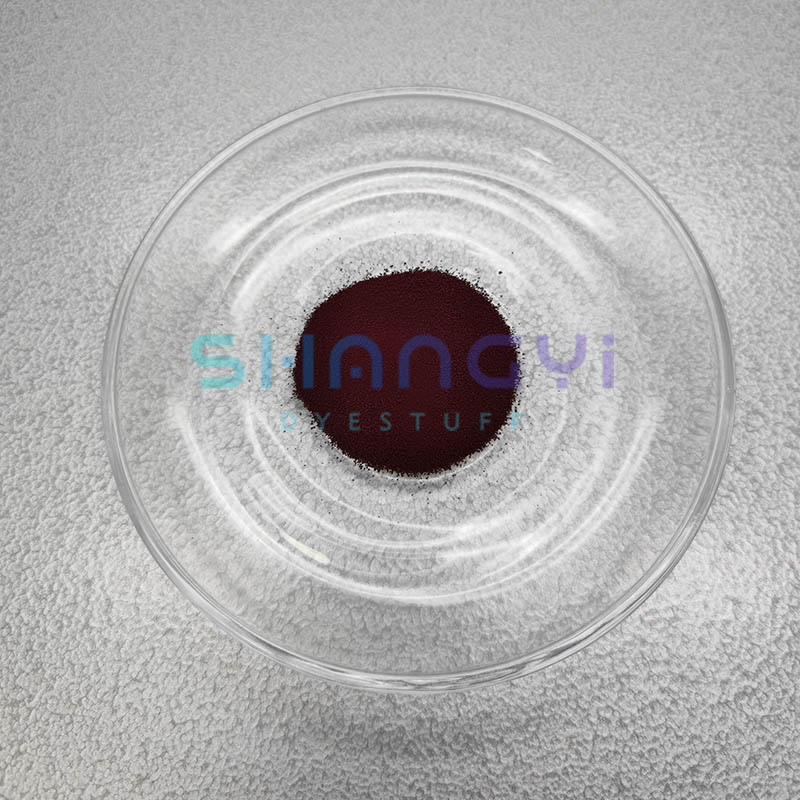Features and characteristics of acid dyes
2024-01-11
Acid dyes are a class of synthetic dyes that are soluble in water and specifically designed for dyeing protein-based fibers such as wool, silk, and nylon. The term "acid dye" is derived from the acidic conditions required for the dyeing process to take place. These dyes have an affinity for proteins and form bonds with the amino groups in the fibers, resulting in a permanent coloration. Here are some key features and characteristics of acid dyes:
1. Protein Fiber Affinity:
- Acid dyes are well-suited for dyeing protein-based fibers, including wool, silk, and nylon. They are not effective for dyeing cellulose-based fibers like cotton.
2. Acidic Conditions:
- The dyeing process with acid dyes requires an acidic environment. Typically, acetic acid or citric acid is added to the dye bath to create the necessary pH conditions for the dye to bond with the fibers.
3. Dyeing Process:
- The dyeing process involves immersing the protein-based fiber in a dye bath containing the acid dye. The acidic conditions allow the dye molecules to penetrate the fiber and form chemical bonds.
4. Color Fastness:
- Acid dyes are known for providing good color fastness, including resistance to washing and light exposure. The chemical bonds formed between the dye and the fiber contribute to the permanence of the color.
5. Wide Color Range:
- Acid dyes are available in a wide range of colors, and they are known for producing vibrant and intense shades. The versatile color palette makes them suitable for various applications.
6. Level Dyeing:
- Acid dyes exhibit excellent leveling properties, which means they have the ability to produce uniform and level dyeing on the fiber surface, avoiding uneven color distribution.
7. Versatility:
- In addition to immersion dyeing, acid dyes can be used for other dyeing techniques such as painting, printing, and hand-painting yarn or fabric.
8. Compatibility with Nylon:
- Acid dyes are commonly used for dyeing nylon fibers, which are synthetic but contain amide groups similar to those found in protein-based fibers.
9. Special Effects:
- Acid dyes can be used to create special effects such as multicolor or variegated patterns, making them popular in artistic and hand-dyeing applications.
10. Industrial and Artistic Use:
- Acid dyes are widely used in both industrial settings for large-scale dyeing of textiles and in artistic settings by fiber artists and craftspeople for small-scale, creative projects.
It's important to note that while acid dyes are effective for protein-based fibers, other types of dyes, such as reactive dyes or disperse dyes, are used for different types of fibers like cotton or polyester. Additionally, efforts are ongoing to develop more environmentally friendly dyeing processes and dyes within the textile industry.



